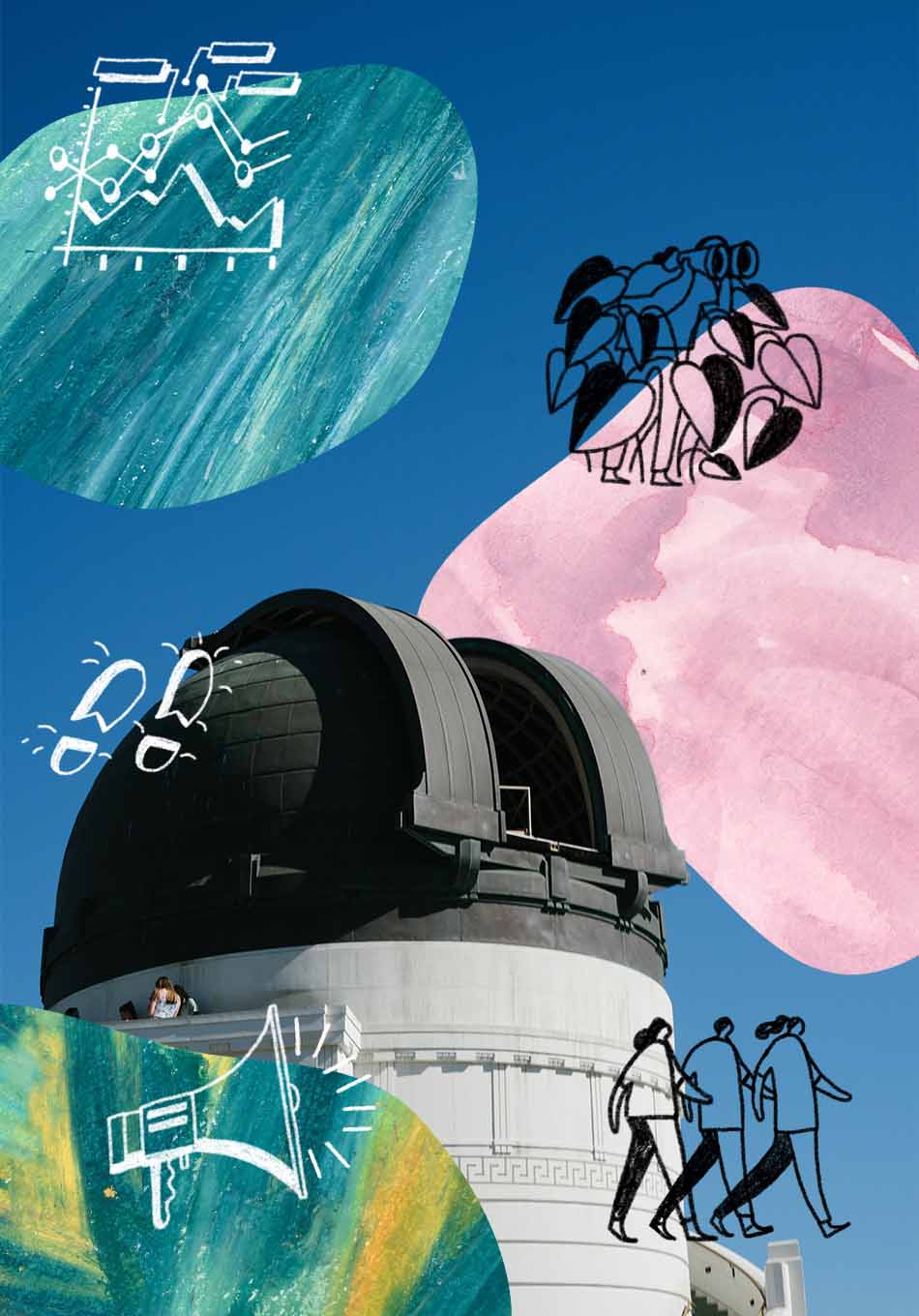Plenty has already been said about the impact of UX research on sales-related metrics like revenue and conversion rates—but impact is about more than just ROI.
It also comes in the form of: Team alignment around the user, internal process efficiencies, confident decision-making, and even avoiding disastrous product designs (anyone remember Google Glass? No? Me neither.).
As Victoria Sosik, Director of UX Research at Verizon, defines it:
“[Impact is] when the knowledge generated by UX research influences another person, organization, product, or strategy.... it's always the influence your work has, not the work itself.”
Keeping a record of the impact of your UX research team can help:
- Yourself: An impact repository builds your professional confidence and can be referenced during performance evaluations.
- Your team: Understanding what research is used and how it’s used can improve your research strategy and roadmap.
- Your company: Tracking impact can demonstrate the business value of research and helps you advocate for increased budget, headcount, etc.
- Your users: Understanding impact can help you take a decision-driven, outcome-driven approach to research, ultimately resulting in better products.
How to track the impact of your UX research
Despite the clear benefits to doing so, few UX researchers have a formal process in place for tracking the impact of their work.
If you’re one of the many UXRs trying to keep track of impact in their own heads, you should know: There’s a better way.
Here are some tips for getting started.
1. Define what kind of ‘impact’ is important to you and your company.
‘Impact’ can mean a lot of different things, so it’s important to decide early on how you’ll define ‘impact’ within your organization.
As a user researcher, you probably already have a solid grasp of your company’s top-level goals and understand how to tie your research to the bottom line (if not, run–don’t walk–over to our guide to conducting stakeholder interviews). However, your work can also influence other areas of your company in important ways.
Kanishk Shukla, User Experience Researcher at Alaska Airlines, places impact into two buckets:
- Global impact: Research’s effect on key business goals and outcomes.
- Local impact: Research’s effect on things like internal processes, prioritization, and decision-making.
With this in mind, you need to define the different types of impact your research can have and decide which ones are important to you and your organization.
You might include things like:
- Changes to the product or the product development process.
- Increased team empathy for users.
- Elevated the importance or visibility of UX research in your company.
- Opened up new avenues for collaboration across teams.
- Resulted in increased funding or headcount for the research function.
Of course, that doesn’t mean you shouldn’t also track hard metrics like ROI. Tracking which insights influenced which product decisions allows you to quantify the business value of user research.
2. Set a cadence for reviewing and recording impact.
The best time to record your impact will always be: In the moment.
But obviously, that’s not always possible—and one of the main challenges with measuring the impact of UX research is that a detectable impact may be slow to emerge.
As Tao Dong, UX Researcher at Google says in UX Collective:
“The impact of a study might take some time to realize from its completion. This is especially true for foundational research which is intended to build a baseline understanding of potential users and their needs before the team even starts designing or building a product.”
Dong provides the following framework for thinking about and reviewing the impact of research over time:
- Level 1: Research questions are answered. This occurs early on, when the research still has a high level of control over their impact.
- Level 2: Decisions are supported. This takes slightly more time to realize impact, and the researcher has less control over how research is used in decision-making.
- Level 3: User value is generated. This typically takes a long time, with the researcher having little control over how research is used to create this impact.

By understanding what kind of impact can be realized when, you can set a standardized cadence for reviewing different types of impact throughout the year. This cadence may differ from organization to organization, depending on the frequency of your research and your overall capacity.
Whatever frequency you decide on, setting aside dedicated time to review and record your impact ensures this important task will actually get done.
3. Collect feedback from stakeholders.
One of the simplest ways to identify your impact is to hear it directly from the mouths of those who are most invested in your work: Your stakeholders.
As Tomer Sharon, VP User Experience at WeWork, says in UXMatters:
“When stakeholders act on the findings of UX research, you can clearly point to the positive effect that the research is having on the organization, its products, and its customers. All you need to do is pay attention and be aware.”
Inform stakeholders of your plan for collecting feedback as early on as possible, so they know to pay attention to how your work is influencing different areas of the business. Including your feedback strategy in your initial user research plan gives stakeholders the chance to approve or propose the feedback methods that they’re most likely to use.
Those methods can range from 1–1 interviews, surveys, emails, spreadsheets, or group meetings. Whichever method you choose, you should include questions like:
- What impact has this research had on yourself, your team, and your goals?
- How have you used this research in your day-to-day work?
- Which decisions have you made that were informed by this research?
With their permission, direct quotes about your impact from stakeholders may be a powerful inclusion in your UX research portfolio. Learn more about building a strong UX research portfolio in this blog by User Experience Career Coach Eniola Abioye.
4. Include an impact section in your research repository.
You likely already have a user research repository in some shape or form, be it in Google Drive, Airtable, or one of the many other UX research repository tools out there.
By including an impact section in your research repository, you can easily tie research-generated insights to specific outcomes.
Victoria Sosik suggests including three key pieces of information in this section:
- What you did: The research itself.
- What impact type it had: This can include changes to design, product strategy, communications, processes, and more—but will depend on how you decided to define impact in step 1.
- The scale of the impact: This can range from small-scale impact on individual stakeholders or large-scale impact on your company and its partners.
Standardizing the impact type and scale can help with sorting, organizing, and quantifying your impact later on.
5. Build and maintain concrete deliverables based on research.
Some research—such as discovery studies about who your users are and how they think—will remain true, relevant, and useful for years to come.
(Mind you, that doesn’t mean they’ll remain useful indefinitely—but certainly for a longer time than something like an A/B test, after which the winning feature is implemented and the losing feature tossed out.)
In these cases, research deliverables can be a helpful tool for stakeholders to revisit your findings and continue to drive an impact from your work.
These deliverables might include personas, storyboards, customer journey maps, and other reports and presentations. When these deliverables are easily accessible and understood by stakeholders, you can extend—and compound—the impact of your research well into the future.
If possible, it’s best to link these deliverables directly within your research repository. With everything in one place, you can take a quick, 30,000-foot glance over the work you’ve done and how it’s shaped your company, your products, and your users.
Impact is a tangible reminder of your purpose as a UX researcher
When you ask any user researcher why they love their work, almost every one of them references the impact they’ve made on users, products, and companies.
Ultimately, understanding the impact you’ve made (and still can make) strengthens your connection to the purpose of your work. And purpose-driven researchers can act as the guiding force behind better products and better user experiences. (Speaking of purpose-driven researchers—check out our User Research Yearbook of 2022, a directory of thought leaders, change makers, and essential voices in user research and design.)
By tracking and categorizing your impact as closely as you do your research analysis and deliverables, you’ll build confidence in yourself as a professional, improve process efficiencies and research infrastructure, demonstrate the value of research to stakeholders, and more.
P.S.—Can we make an impact on the way you work? User Interviews is the fastest way to recruit, manage, and distribute incentives to participants, so you have more time to spend on higher-value work. Sign up for free.




_1.png)









.jpg)
.jpg)
.png)



